Pizza Making
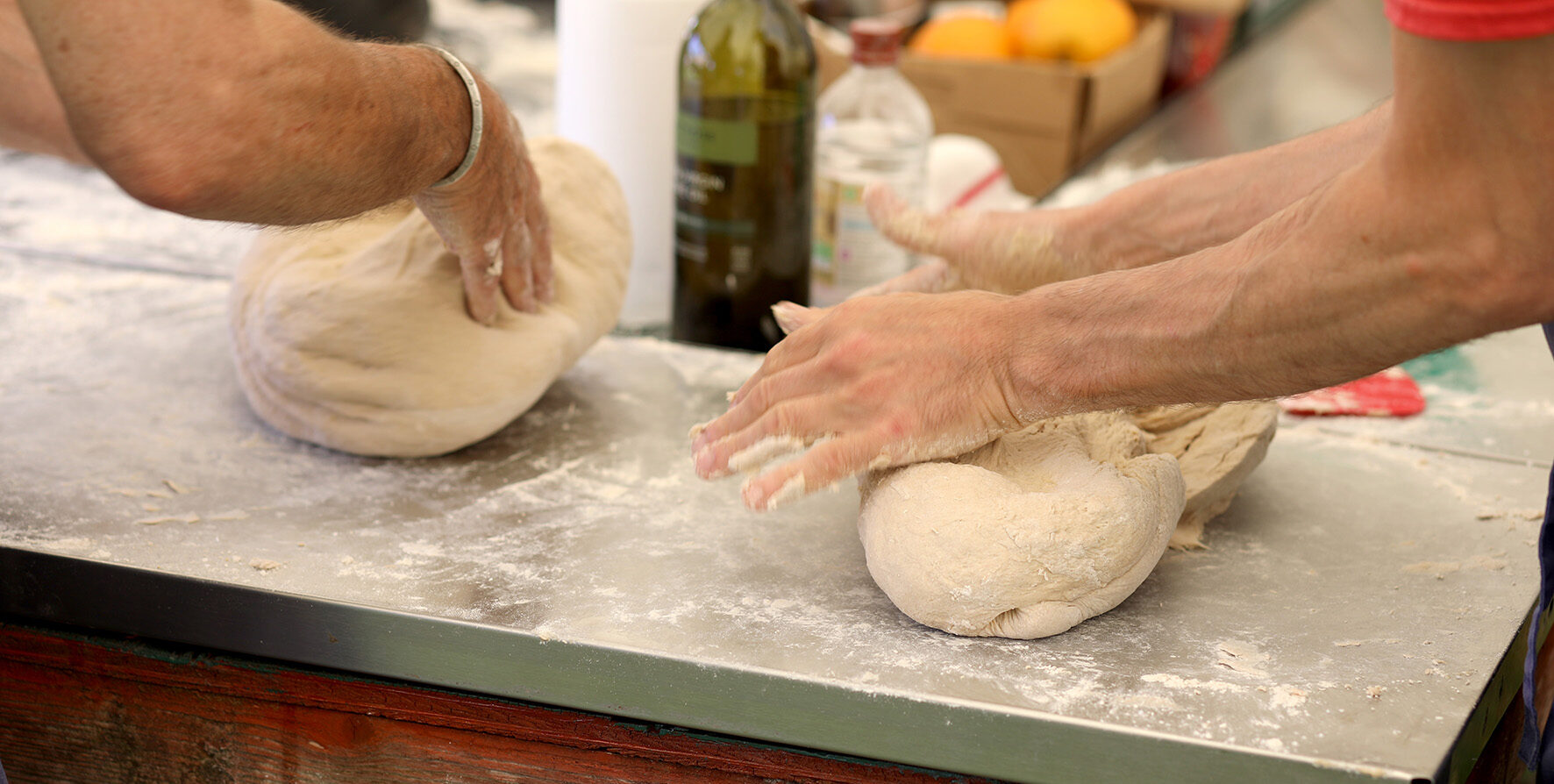
Join us at Our Summer Gathering for an Unforgettable Pizza Adventure!
We are thrilled to invite you to our annual Summer Gathering, where we learn new and exciting skills. This year, we’re taking our passion for pizza to the next level, and we want YOU to be a part of it! Our mission is to create the most delicious and authentic pizzas, surrounded by the beauty of nature and the warmth of great company.
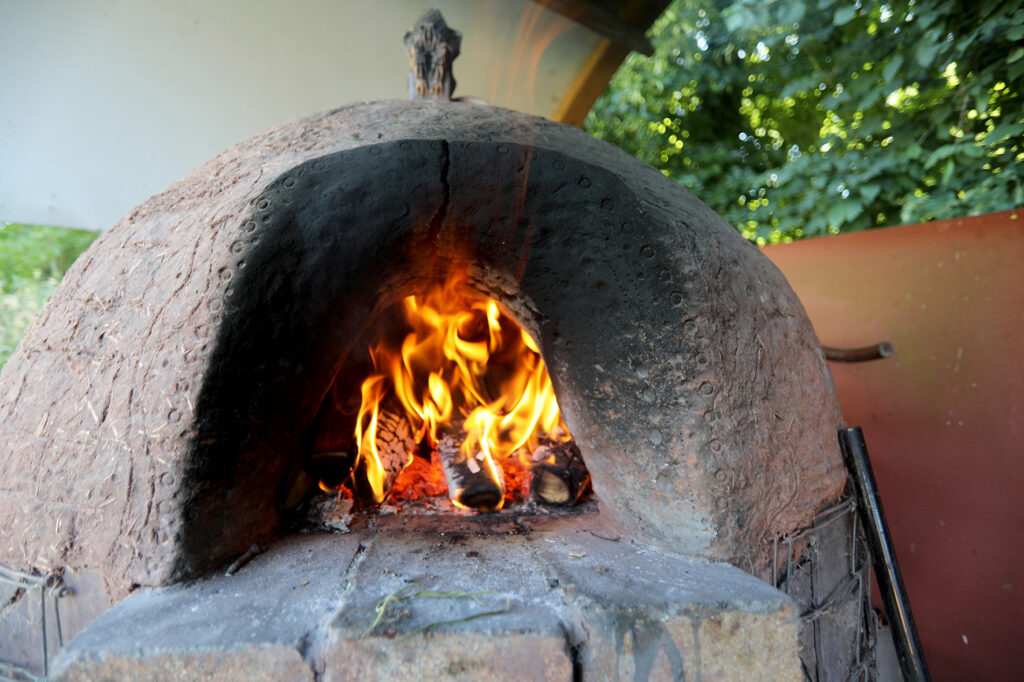
Buy tickets for our Summer Gathering HERE. Come and join in, you’ll have the opportunity to:
- Learn the art of pizza making, from hand-crafted dough to homemade sauce and creative toppings.
Discover the unique techniques of baking in our clay pizza oven, harnessing the power of the flames to create the perfect pizza crust.
Connect with like-minded bakers who share your passion for culinary innovation and outdoor adventure.
Indulge in mouth-watering pizzas as we dine together under the stars, sharing our creations and exchanging stories.
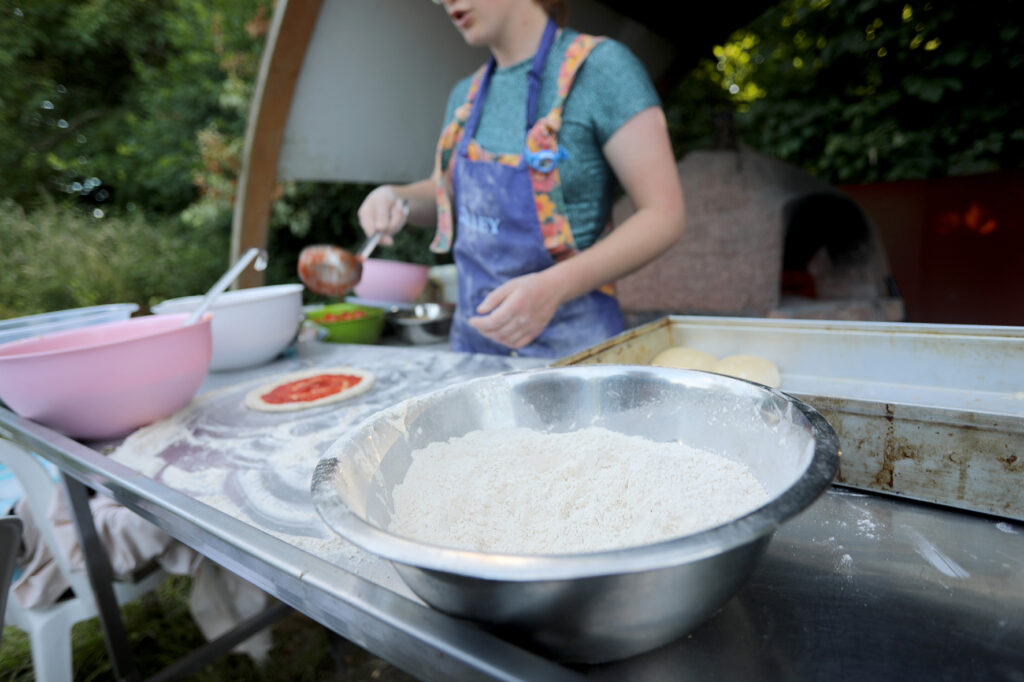
No previous experience is necessary, just bring your enthusiasm for baking, your adventurous spirit, and a willingness to learn and have fun. We’ll provide the ingredients, tools and guidance. Here is a great resource for dough ingredient proportions: www.calbal.altervista.org/
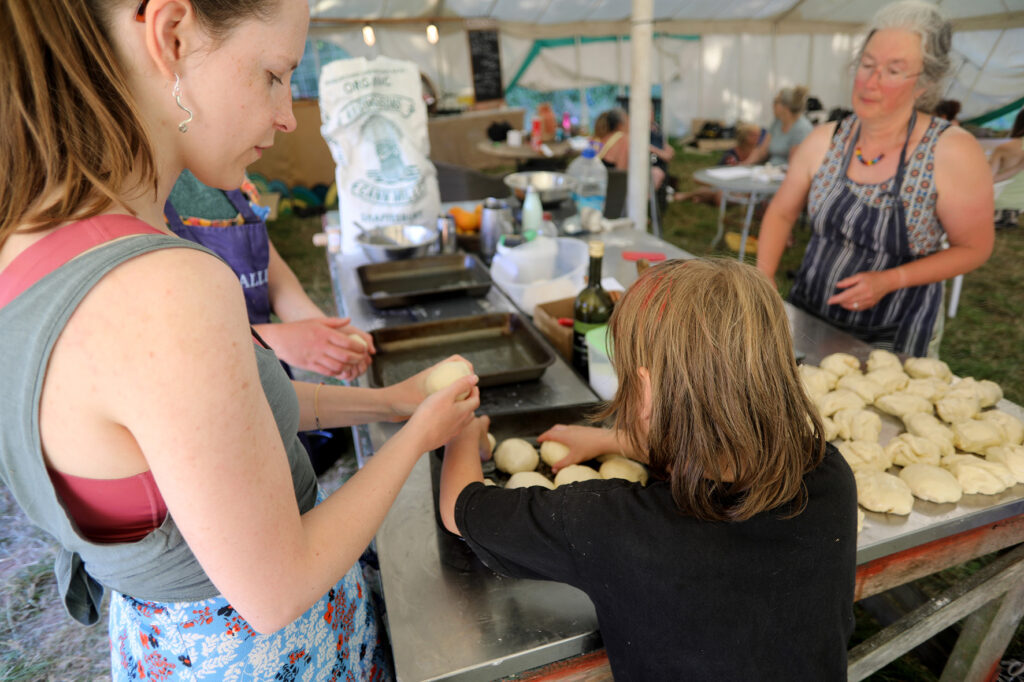
The Dough
In traditional pizza making, especially in the Neapolitan style, the dough is made using a few simple ingredients and allowed to ferment for a long time for optimal flavour and texture.
-
Dough Ingredients for 4 large Pizza:
600g Italian Tipo 00 or strong bread flour
380mL water
10g sea salt
1g active dry yeast or 2g fresh yeast
Instructions:
Dissolve the yeast in the water. If using active dry yeast, let it sit for about 5-10 minutes until it becomes frothy.
In a large mixing bowl, combine the flour and the yeast mixture. Mix the ingredients together with your hands or a wooden spoon until a shaggy dough forms.
Add the sea salt and continue to mix the dough until well incorporated.
Knead the dough by hand on a clean, lightly floured surface for about 10-15 minutes, or until it becomes smooth and elastic. Alternatively, you can use a mixer with a dough hook attachment on low speed for about 8-10 minutes.
Form the dough into a smooth ball and place it in a lightly oiled bowl. Cover the bowl with a damp cloth or plastic wrap.
Allow the dough to ferment (rise) at room temperature for 1-2 hours.
After the dough has risen, gently punch it down to release the air. Divide the dough into equal portions (usually 200-250g each), depending on the size of the pizzas you want to make.
To form dough balls, gently shape each portion into a smooth, tight ball by folding the edges underneath and pinching them together. Then, roll the dough ball on a clean surface with a cupped hand to create surface tension.
Place the dough balls on a floured tray or in a dough box, leaving enough space between them to allow for expansion. Cover with a damp cloth or plastic wrap.
Allow the dough balls to rest and proof for an additional 4-6 hours at room temperature or 24-72 hours in the refrigerator for optimal flavor development. The longer fermentation time will result in a more complex flavor and better dough structure.
When you’re ready to make your pizzas, take the dough balls out of the refrigerator (if you stored them there) and allow them to come to room temperature for 1-2 hours. Then, gently stretch and shape the dough into pizza rounds, add your sauce, toppings, and cheese, and bake in a very hot oven or pizza oven.
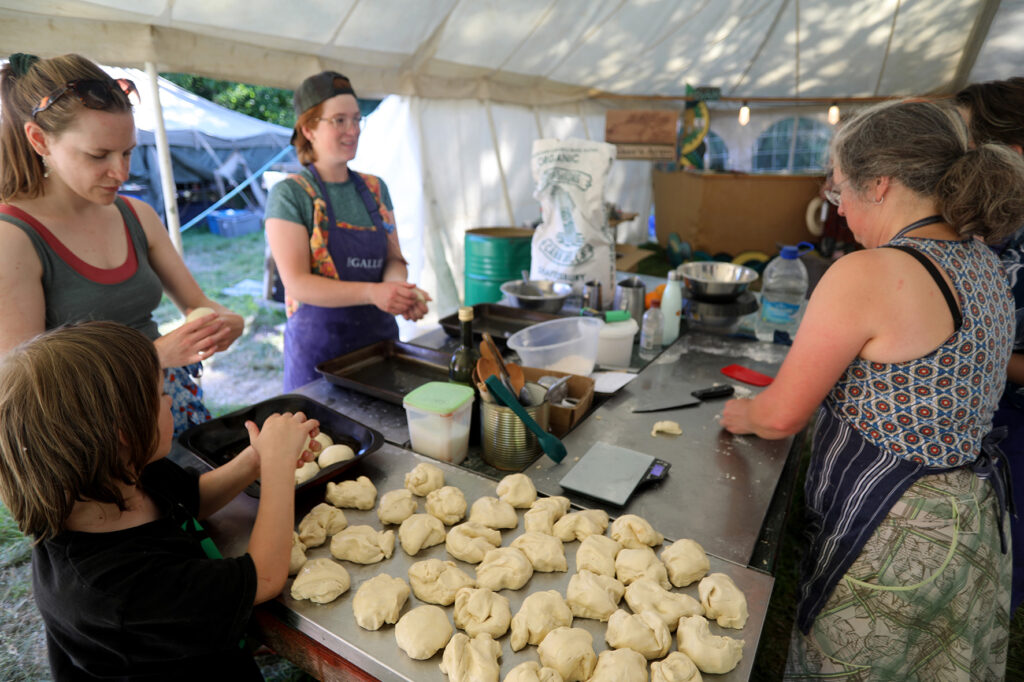
The Sauce
Italian tomato sauce is typically made with simple, quality ingredients. Here’s a basic recipe for making traditional tomato sauce for pizza:
Ingredients:
-
Ripe, high-quality tomatoes (preferably San Marzano or another Italian variety)
Sea salt
Fresh basil (optional)
Extra virgin olive oil (optional)
Instructions:
If using whole tomatoes, first blanch them by placing them in boiling water for 30-60 seconds, then transfer to a bowl of ice water to cool. This will make it easier to peel the skin off. If using canned tomatoes, skip this step.
Remove the skin from the tomatoes, and then crush them by hand or using a food mill or blender. You can also use a potato masher or stick blender, depending on your preferred sauce texture. For a chunkier sauce, crush the tomatoes by hand, while a food processor or blender will create a smoother sauce.
Season the crushed tomatoes with sea salt to taste. The sauce should be simple and lightly seasoned, allowing the natural flavor of the tomatoes to shine.
Optionally, you can add a few fresh basil leaves, a drizzle of extra virgin olive oil, or minced garlic to the sauce. These additions can enhance the flavor but are not mandatory for a traditional tomato sauce.
There’s no need to cook the sauce before putting it on the pizza. The tomatoes will cook as the pizza bakes, preserving their fresh flavor.